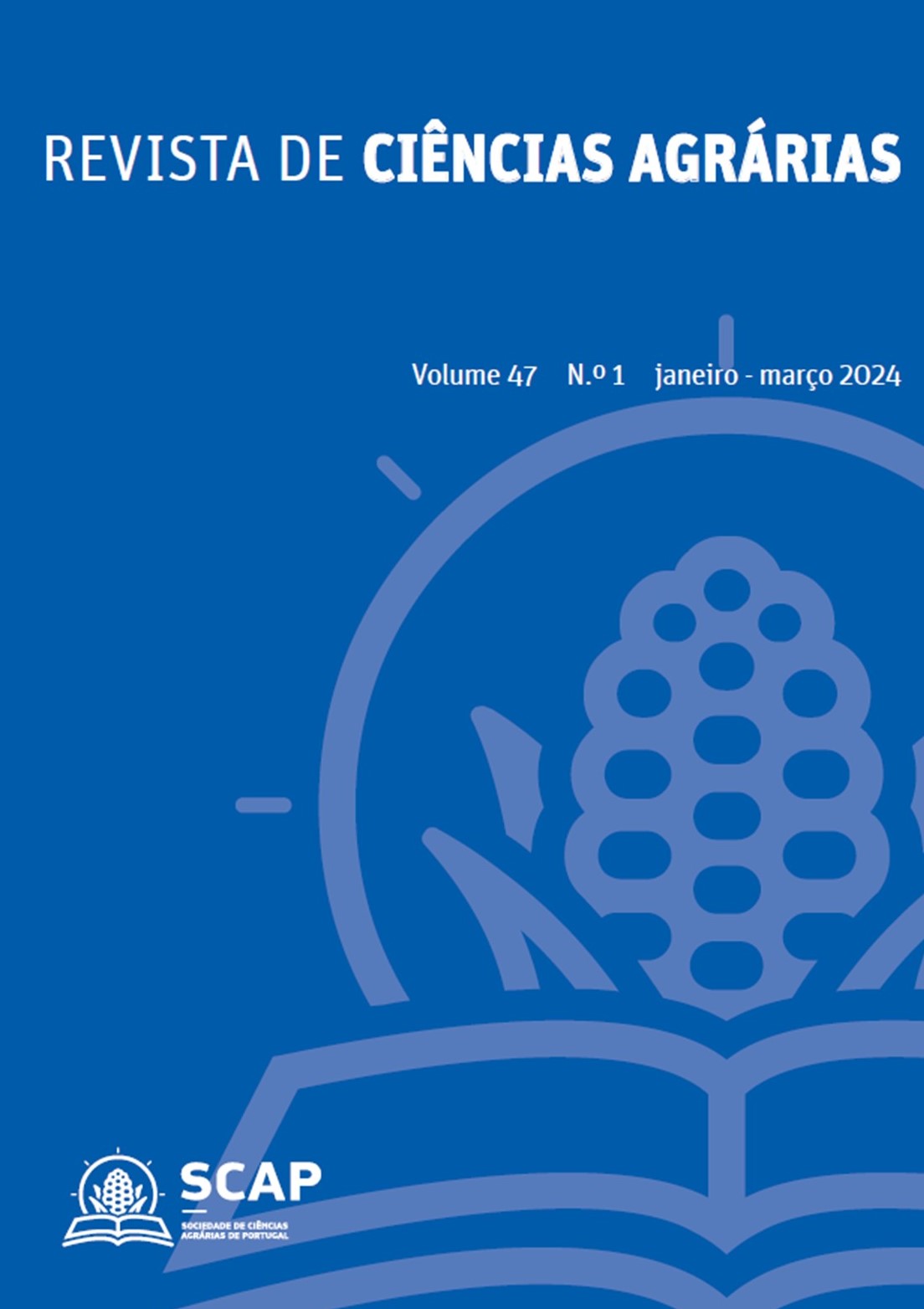Bioindicator plants. Spring emergency with different soil management
DOI:
https://doi.org/10.19084/rca.35126Abstract
Based by the concept that the distribution of seeds is universal and that a seed only germinates when the conditions are favourable for germination, the type of soil can be characterized based on the present flora. The plants that caracterize a soil are called “bioindicators plants.” A trial was carried out in Sartaguda (Navarra); 4 plots of 1 m2 were subjected to different conditions: reference plot (climate of the area - dry Mediterranean - without any type of contribution), contribution of fertilizer organic, contribution of abundant irrigation and extreme drought (with a plastic cover to avoid rain contribution). In all plots, the adventitia was allowed to grow naturally to be identified and counted. The trial started on May 11, 2021 when all the plants present were removed and, on July 22, 2021 the assessment of the flora present was carried out. Plantago lanceolata and Aster squamatus were more abundant in the irrigated plot, Cyperus sp. emerged less in the plastic covered plot. Chenopodium album was more abundant when fertilizer was applied, in addition to obtainig higher biomass compared to the rest of the plots.


